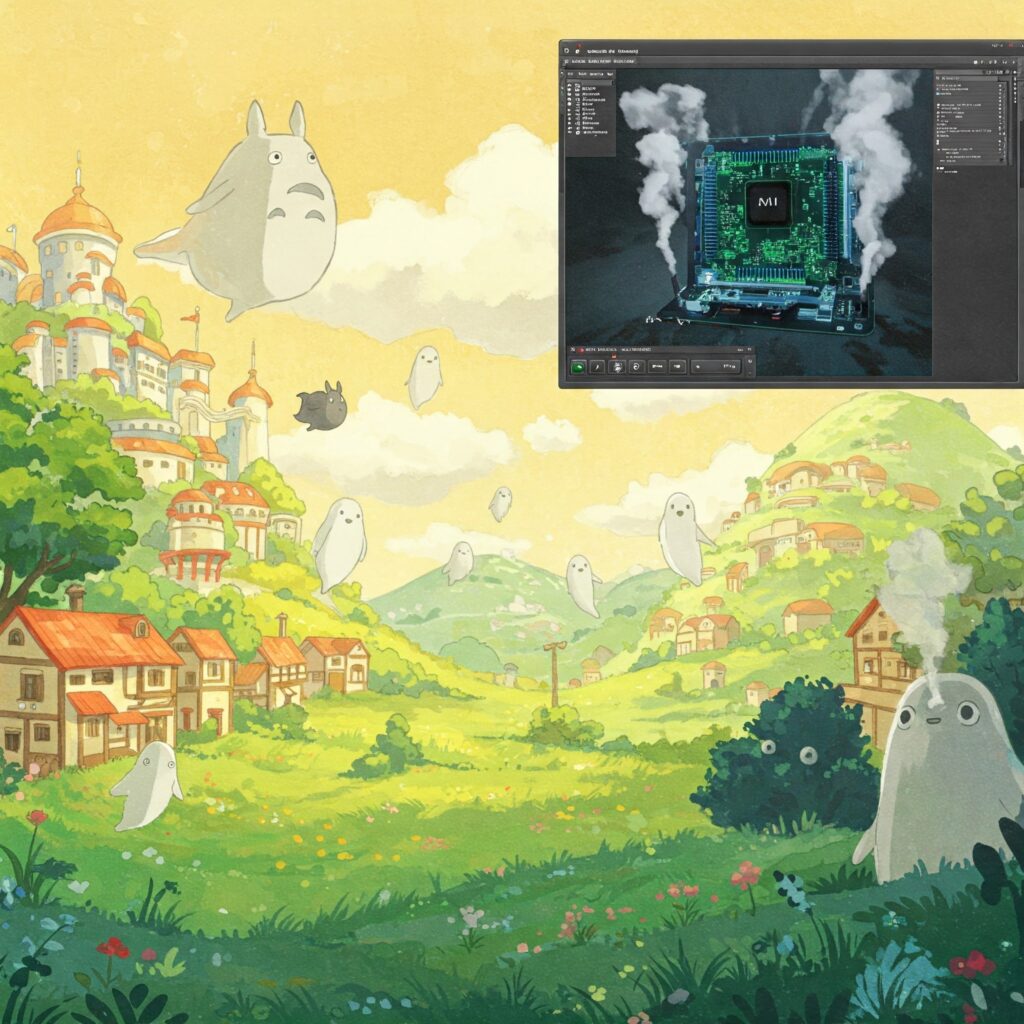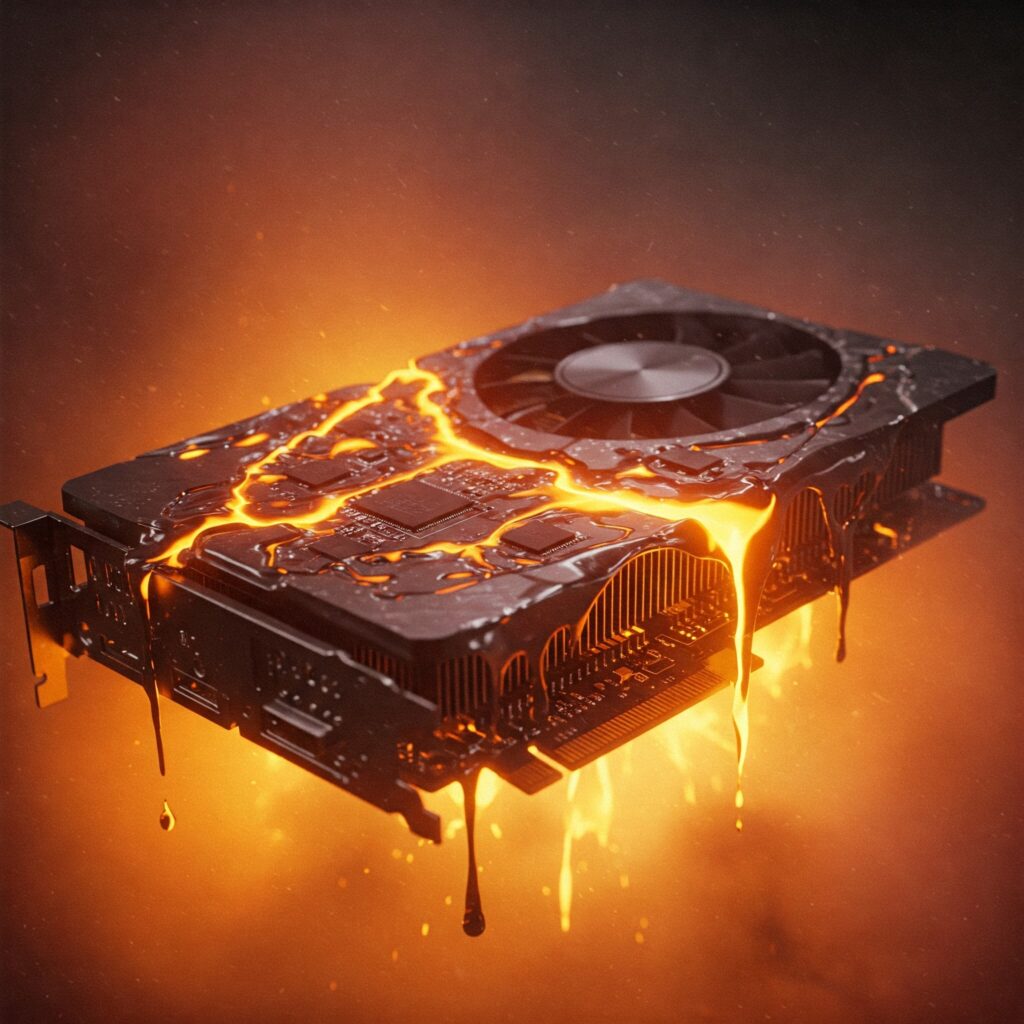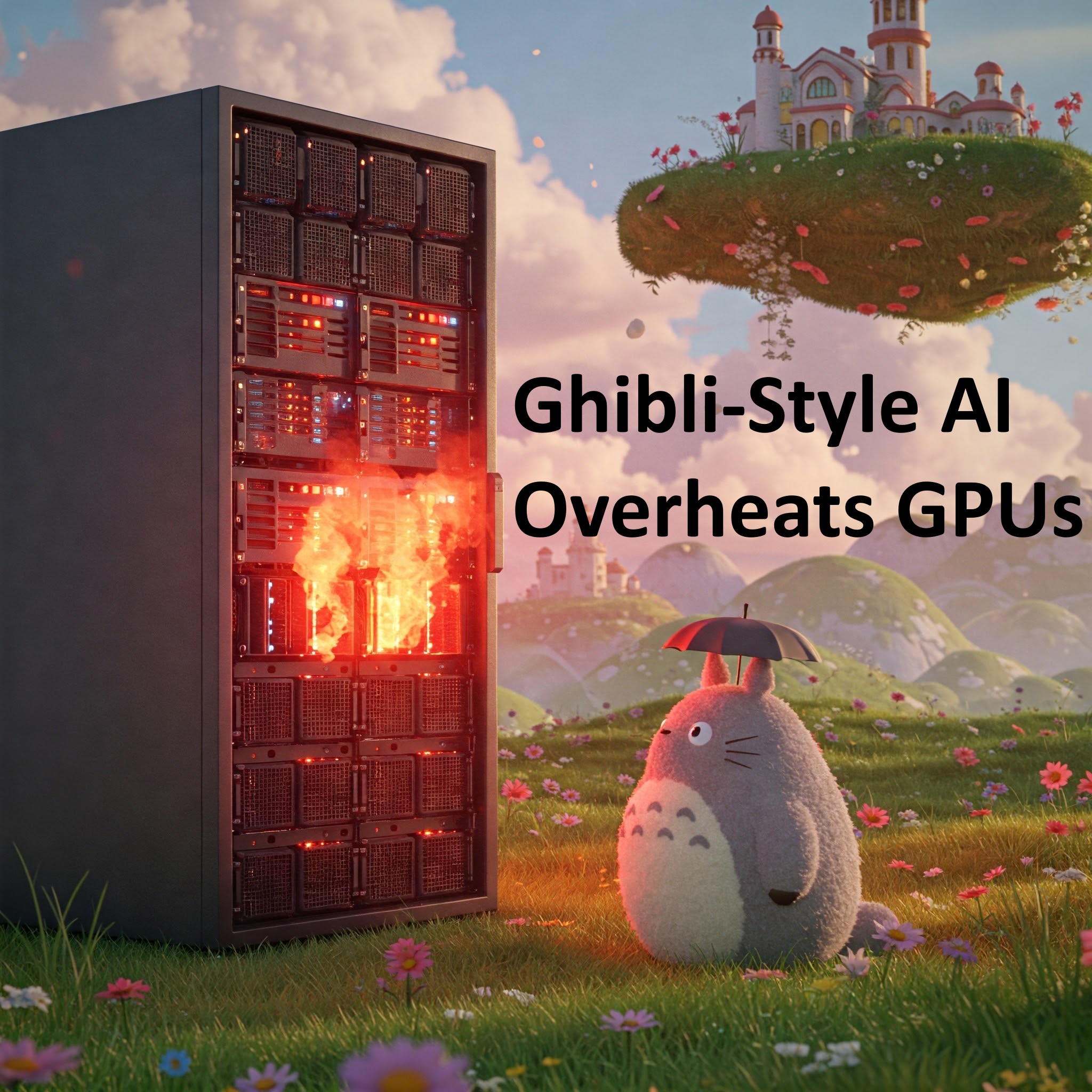Introduction
The internet is obsessed with Ghibli-style AI-generated art, and it’s pushing AI models like ChatGPT and image generators to their limits. Inspired by Studio Ghibli’s dreamy hand-drawn aesthetics, users are flooding AI platforms with prompts demanding breathtaking visuals that mimic the iconic art style. But why is this trend causing AI models to overheat? Let’s dive into the phenomenon.
Why the Ghibli Aesthetic?
Studio Ghibli’s films, like Spirited Away, My Neighbor Totoro, and Princess Mononoke, are known for their vibrant colors, intricate details, and emotional storytelling. This nostalgic and warm aesthetic has captivated audiences worldwide, making it a perfect candidate for AI-generated creativity.
AI art generators, such as MidJourney, DALL·E, and Stable Diffusion, have been trained to create highly detailed and stylistically accurate images. However, recreating the delicate, painterly textures and lighting effects of Ghibli-style illustrations requires immense computational power, leading to increased GPU usage.

The AI Struggle: Why GPUs are ‘Melting’
The surge in Ghibli-style prompts is creating a heavy load on AI models, causing longer processing times and increased GPU consumption. Here’s why:
- High Detail Rendering: Ghibli’s style involves intricate line work, soft shading, and atmospheric effects, which require complex neural computations.
- Demand for Perfection: Users often fine-tune their prompts, generating multiple variations, leading to excessive GPU cycles.
- Layered Compositions: The AI must understand depth, lighting, and hand-painted textures, significantly increasing processing power requirements.

AI Meets Hand-Drawn Art: Can It Keep Up?
While AI models have come a long way in mimicking human creativity, there are still challenges:
- AI-generated Ghibli-style images often miss the subtle brushstroke variations of human-made art.
- Some results appear too “clean” or lack the organic imperfections that make hand-drawn animations charming.
- AI models struggle with consistency across multiple images, making sequential animation difficult.
Despite these hurdles, advancements in AI are rapidly improving, and we might see AI-generated animation that rivals traditional techniques in the near future.
The Future of AI-Generated Ghibli Art
With AI evolving at a breakneck pace, here’s what to expect:
- More Efficient AI Models: Future AI updates could optimize GPU usage, reducing overheating and lag.
- Hybrid Approaches: AI-assisted tools might empower artists rather than replace them, blending hand-drawn elements with machine-generated enhancements.
- AI-Powered Animation: Instead of just static images, AI might soon be able to generate full-frame Ghibli-style animations with fluid motion and emotional depth.
Conclusion
The Ghibli-style AI art trend is proof of the internet’s love for nostalgia and creativity. While AI models like ChatGPT and image generators struggle to keep up with the demand, ongoing improvements promise a future where AI and artistry coexist seamlessly. Until then, let’s enjoy the beautifully chaotic wave of AI-generated Ghibli magic—while our GPUs can still handle it!
